The invention of the sewing machine, loom and spinning machine in the 18th century gave birth to an entire industry. Anyone, even a child, can master the craft without much expense. If you want to learn how to sew and cut from scratch on your own, you can find detailed recommendations in this article.
- Why you need to learn to sew and cut from scratch
- Where to start learning
- Is it possible to learn to sew and cut from scratch on your own without courses?
- Tools needed for sewing
- How to choose a sewing machine
- How to learn to cut from scratch
- How to learn to sew clothes for yourself
- Common mistakes made by beginners
Why you need to learn to sew and cut from scratch
- Savings. Fabrics are cheaper than finished products;
- Creative implementation. It can be difficult to find ready-made clothes of decent quality, the right color, and a suitable figure in a store. Having the skill of sewing a dress, you can realize your idea yourself;
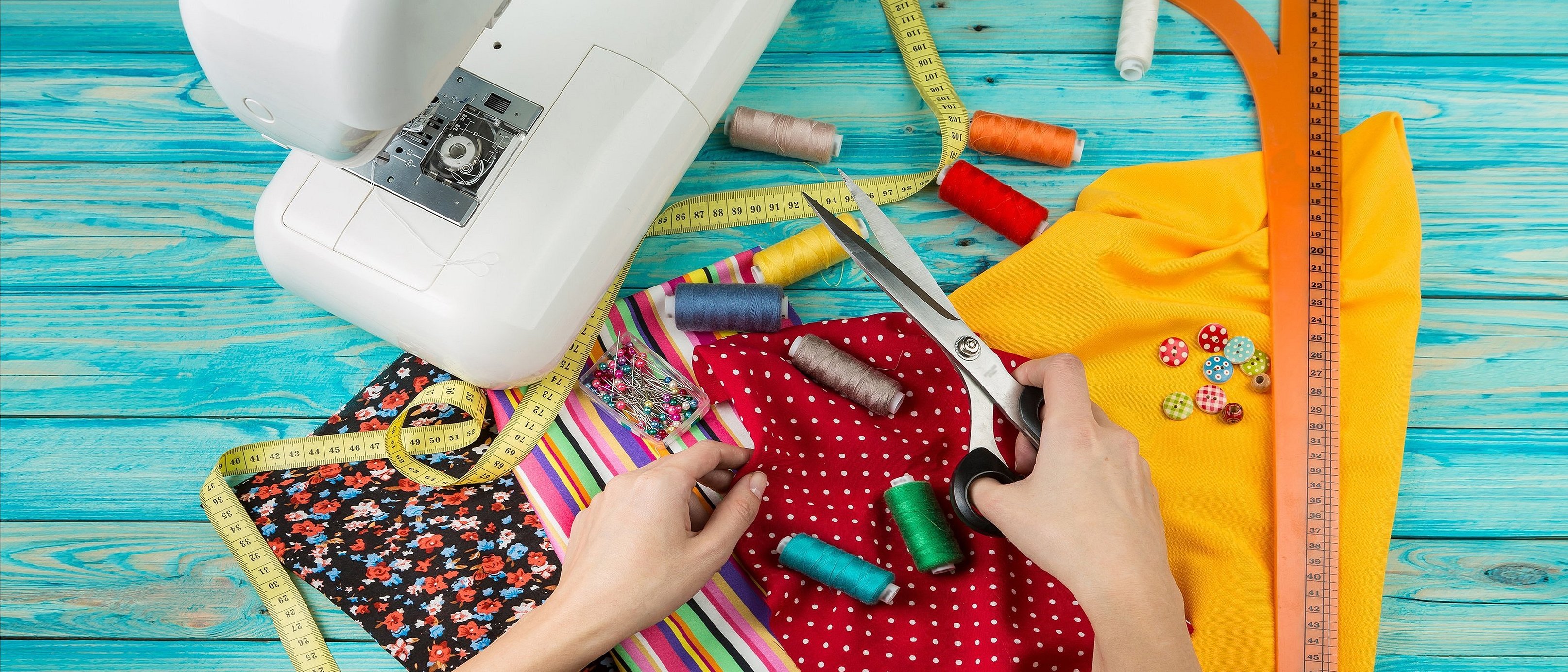
- Demand for the profession. It is very difficult to find a good tailor, so having a circle of regular customers, you can earn decently. Clothes are always needed by everyone, repairing old or favorite ones is simply necessary;
- Wide range of application. You can sew for yourself and your family, you can repair and adjust store-bought items to your figure. The opportunity opens up to do textile decorating of rooms and windows. The skill will come in handy when sewing quilted bedspreads and other home textiles. Even a bag and a cute backpack can be sewn by a craftswoman;

- Customizing is a new life for forgotten clothes. By altering and decorating the most ordinary knitted models, you can successfully stand out from the crowd, save on buying new ones and simply implement ideas;
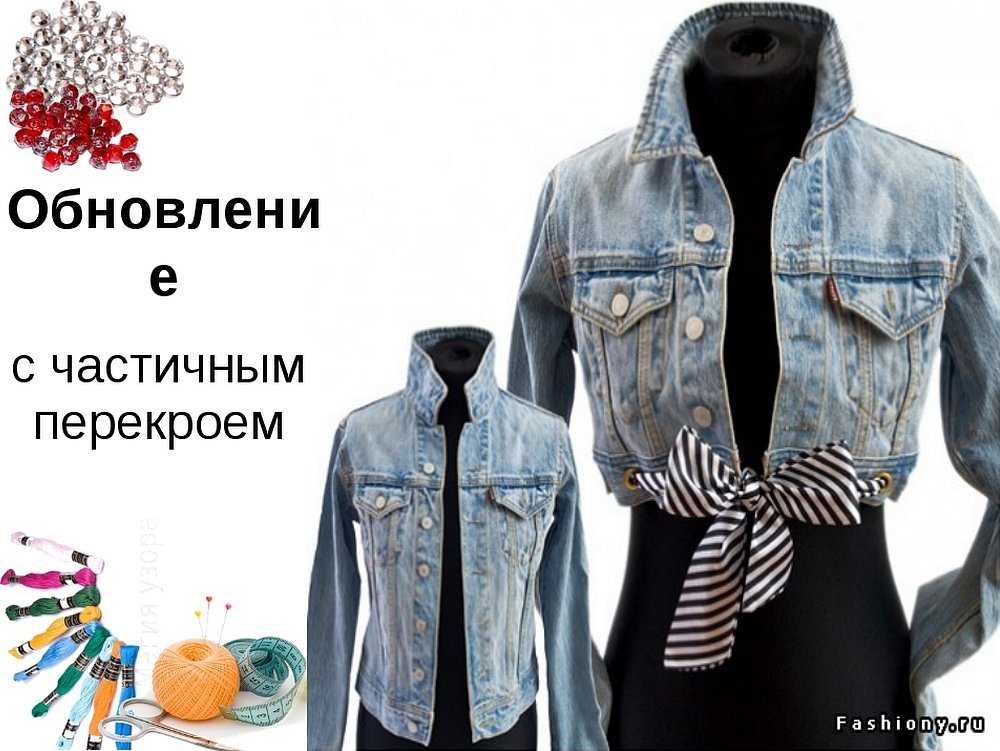
- Exclusive or vice versa. The skills of a tailor make a person a real creator of a unique suit. You can implement any bold idea or repeat someone else's with your own modifications.
Where to start learning
The clothing industry involves three professions: seamstress, fashion designer and tailor. A tailor differs from a seamstress in his or her qualifications, as he or she can make a garment from start to finish using ready-made patterns. A fashion designer makes new patterns, i.e. technically implements the designer's idea.
First, you need to determine the direction of interest and start learning.
Is it possible to learn to sew and cut from scratch on your own without courses?
For those who would like to master the very basics of the profession at home, there are ways. The following will help teach this:
- lessons on websites;
- old textbooks;
- magazines with patterns and detailed instructions;
- How-to sites and blogs.
The sewing process requires perseverance and a lot of practice. You don't need to choose a difficult task, it's better to start with simple items, such as decorative pillows and bedspreads. Learn to cut from scratch, stocking up on patience. It's better to take the simplest fabric, so that you won't be afraid to make mistakes.
Further knowledge will need to be polished with practical skills. Basic and professional courses, master classes can be useful. When choosing classes, you should pay attention to the size of the group and the materials included in the price, study the lesson plan.
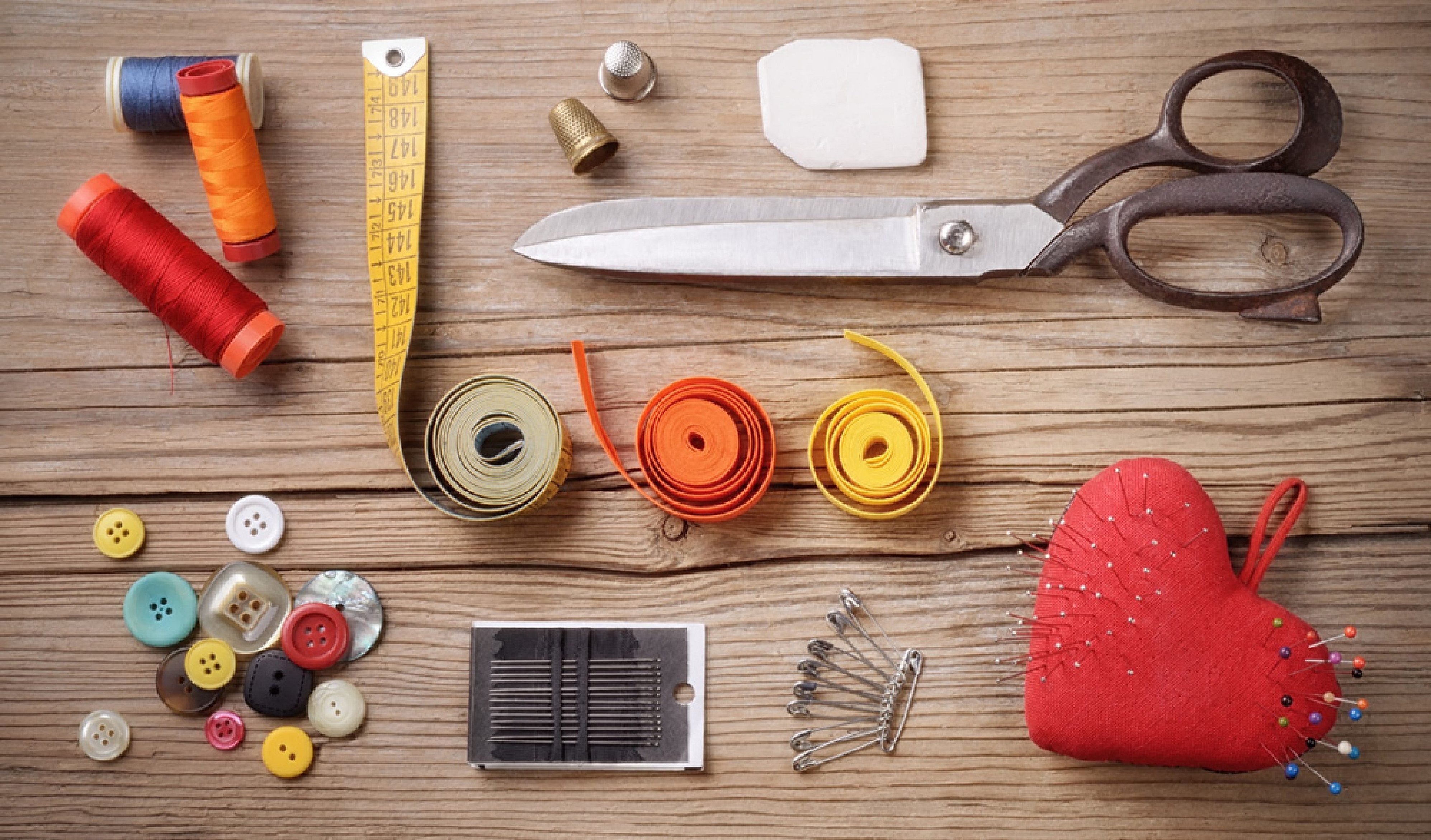
Tools needed for sewing
You only need to buy the most important things:
- Flexible tape measure. It is used to take measurements and should have double-sided markings starting from zero;
- Paper for patterns. To construct a pattern, use millimeter paper. Then it is transferred to tracing paper. The finished patterns are transferred to energy cardboard - thick paper;
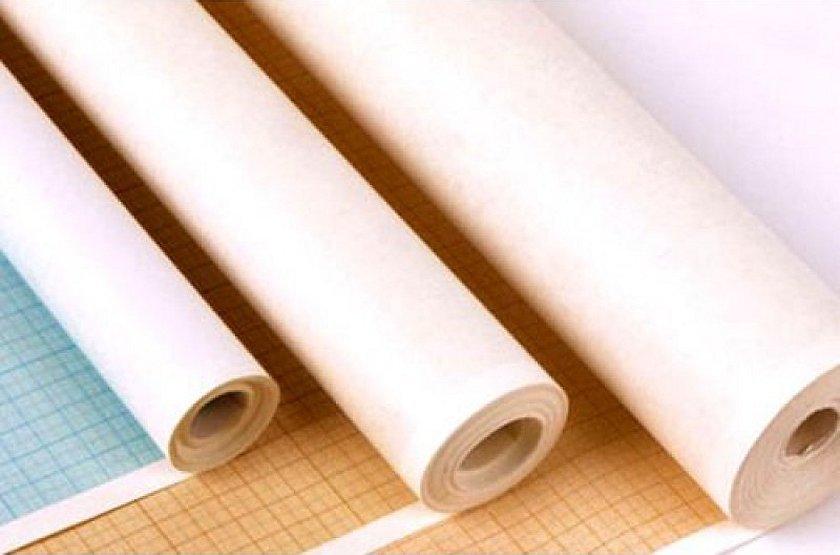
- Tailor's chalk. It is used to draw outlines on fabric. It is sold in different forms, but the tip should be sharpened before starting work. This is necessary for clear lines and necessary comments;
- Scissors. The handles of tailor's scissors must be angled with a straight blade. They must be made of stainless steel and well sharpened. In the future, you should have several types of scissors for different types of fabrics;
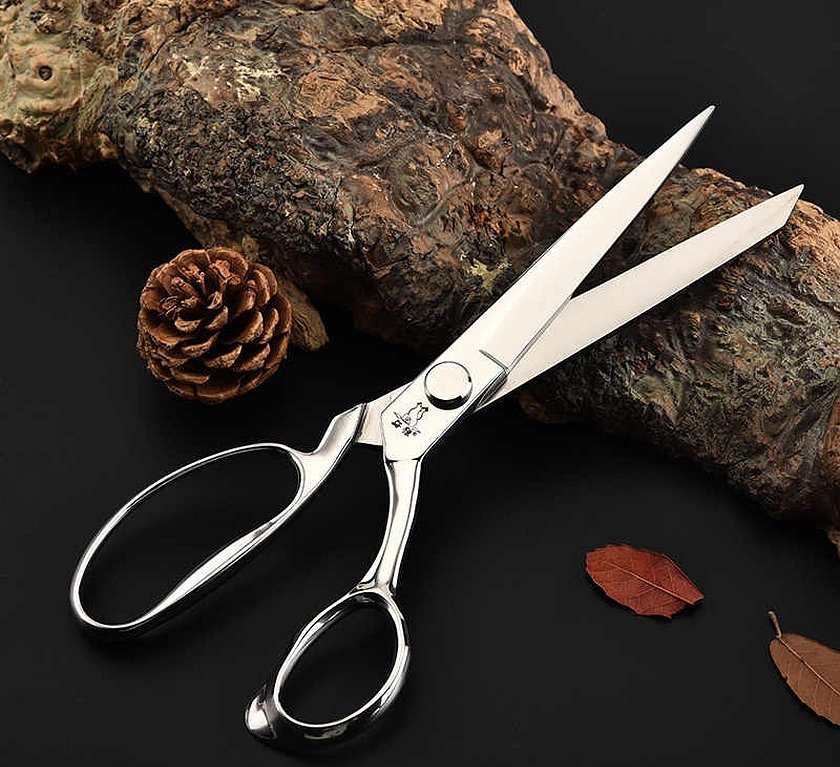
Please note! Careful maintenance of scissors is required: keep dry, do not sharpen them yourself, and use them only for fabrics.
- A set of thin pins. They are needed to fix the pattern on the fabric;
- Needles for handwork;
Please note! The thickness of the needle depends on the fineness of the knitwear.
- Seam ripper;
- Sewing threads.
Please note! Select threads according to the composition of the fabric. For cotton - cotton threads, for synthetics - polyester.
- Steam iron and pressing materials.
You don't need to buy a tailor's table at the very beginning, any wide surface will suffice. But you will definitely need a decent sewing machine.
How to choose a sewing machine
Learn to sew from scratch with a simple sewing machine. The price range is very large, this is influenced by the set of functions and the manufacturer. To understand which device to choose, it is enough to follow a few tips.
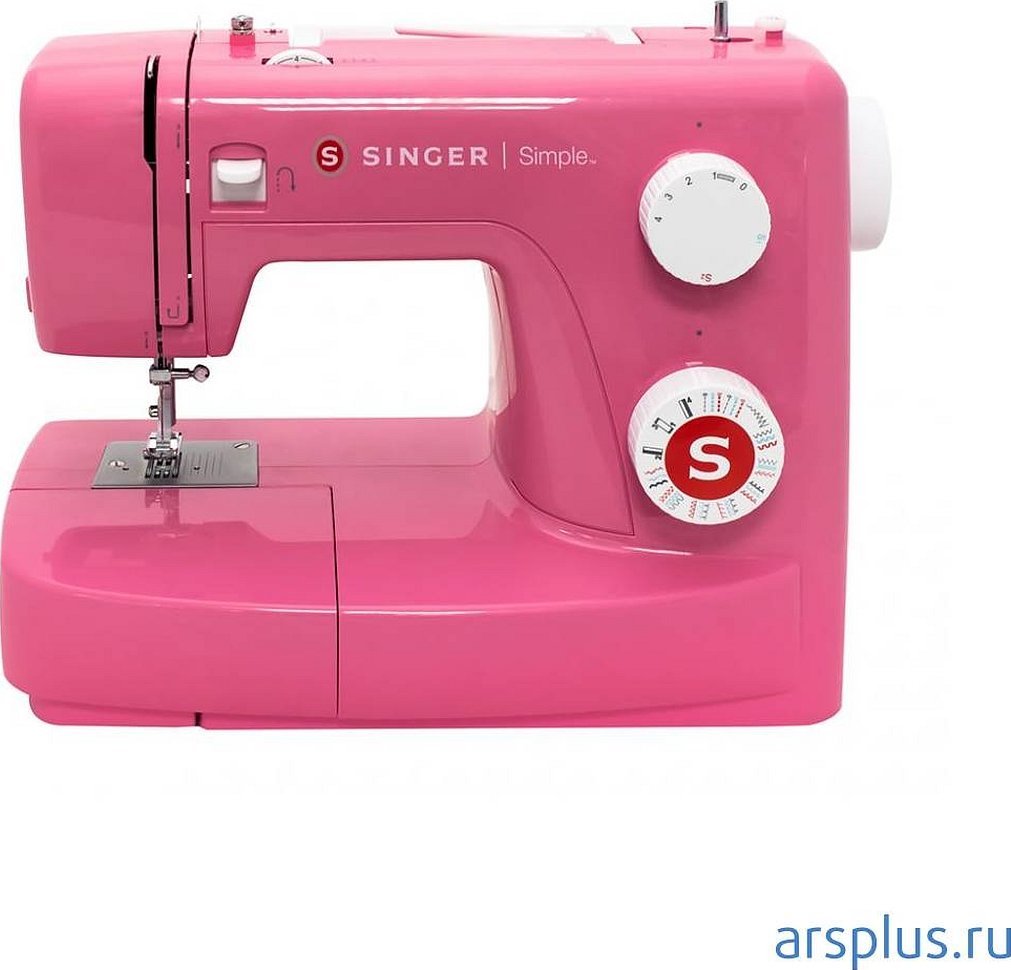
Determine your budget and study the available options, read reviews. There are two types of sewing machines: mechanical and computer controlled. To start, it is better to buy a mechanical one.
It would be appropriate to test it in the store, taking with you pieces of the simplest material. It would not be superfluous to pay attention to the quality of the lines, especially the straight ones. The fabric should not curl or move to the side, this is visible if you do not hold it with your hands. The bed stitch is one of the simplest, it would be useful to test it. Even the simplest model should have a regulator of the foot pressure on the fabric, adjustment of the thread tension and speed of work.
How to learn to cut from scratch
How to learn to sew and cut from scratch on your own, avoiding typical mistakes. Half of the success depends on the correctness of taking measurements.

Important! It is preferable to take measurements from the underwear that a person wears most of the time. Tights can be constricting, and a bra can add volume.
When taking measurements, you need to stand straight, without bending your elbows and knees, without straining. The tape should be applied around the most convex points of the body. To correctly calculate the armhole size, you need to stretch your arm forward and measure the distance from the shoulder to the middle of the armpit. For right-handed people, measure the right side, for left-handed people, the left. Most are written down in half the size, since the body is symmetrical.
The simplest pattern is a pattern for a skirt. It is better to look up how to cut correctly online, so you will understand the process without complex terms. For example, a transverse cut is often used for knitted fabric and for coupons. This can help out if there is little material or it is difficult to work with it.
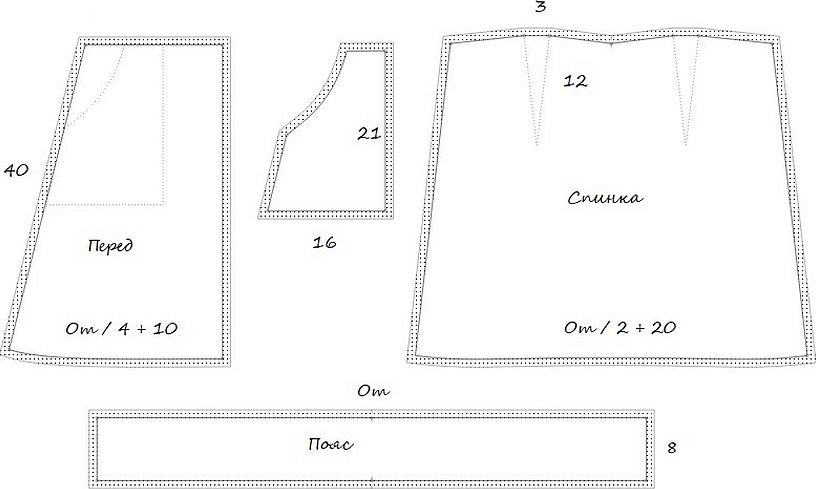
Samples from magazines will come in handy, they are numbered with sizes, which makes them easier to use. Basic patterns are also there. When everything is ready, it is important not to forget to leave seam allowances. This is necessary for processing seams and edges of the product. The distance between the edge of the cut and the stitching line should be approximately 0.7-1 cm.
First of all, a basting stitch is done manually. It temporarily connects the parts that will be sewn together. The length of the stitches depends on their purpose and the material itself. The hems of the product are secured with basting stitches, the length of which is 1-3 cm and depends on the quality of the fabric.
The technical capabilities of the sewing machine, even with a basic set of tools, will solve any issue. The main thing is to study the instructions in detail and test all the functions.
How to learn to sew clothes for yourself
To sew your first item for yourself, you need to choose a simple skirt style. Carefully take measurements and transfer them to a paper base, not forgetting about allowances and darts. Cut it out and pin it to the canvas. Work on the fabric only with sharp scissors so as not to deform the material. Then you need to baste the seams and try on the pattern. If everything is in order, then sew the skirt on a machine.
Common mistakes made by beginners
You shouldn't start sewing in a hurry, as this will lead to mistakes the first time. It is essential to try on the item before you start stitching. You can't start with complex fabrics. Leather and velvet require experience. It is essential to carry out wet-heat treatment of the fabric, otherwise the item will be deformed during the first wash. You need to check how the machine works, whether the settings are correct for the type of material.
It takes more than just talent to learn how to sew. Buying the right tools and a sewing machine, practicing cutting, and knowing fabrics will all help you quickly achieve the results you want.




